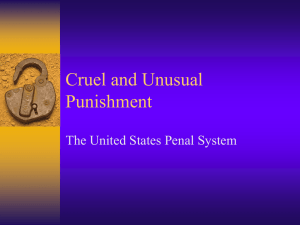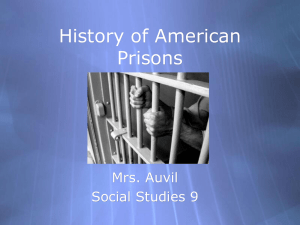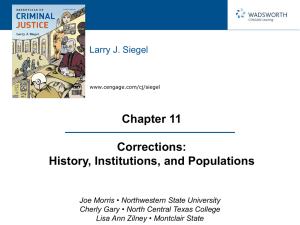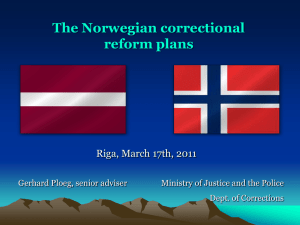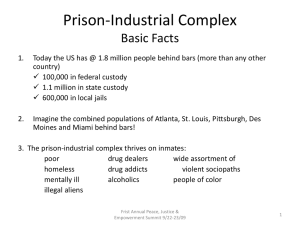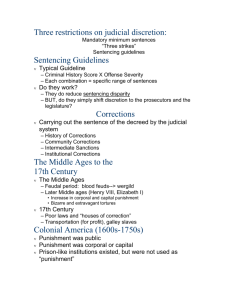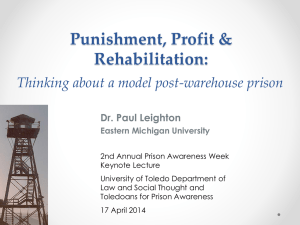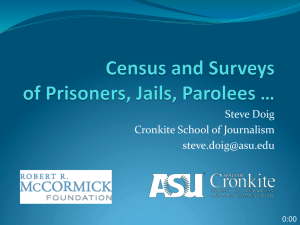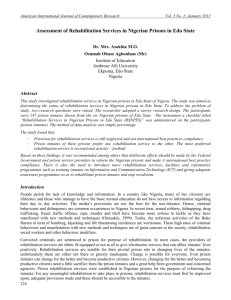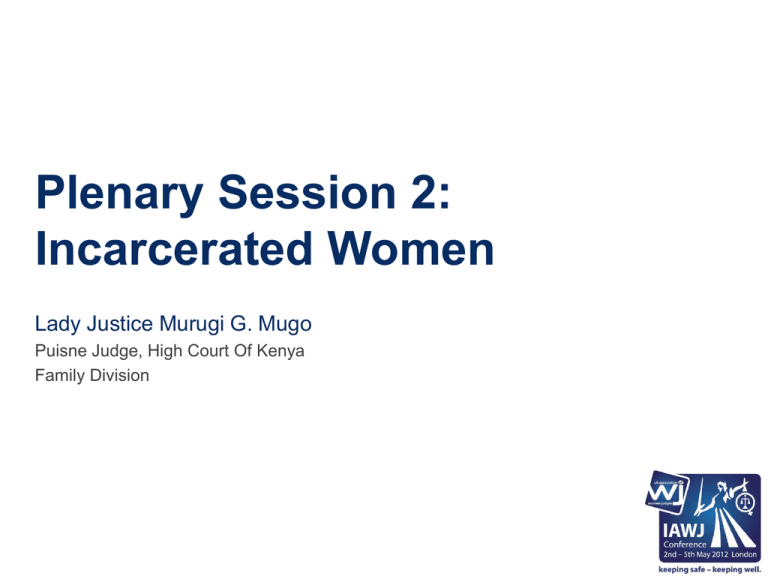
Plenary Session 2:
Incarcerated Women
Lady Justice Murugi G. Mugo
Puisne Judge, High Court Of Kenya
Family Division
Kenyan correction and rehabilitation
programmes for women
Corrective and rehabilitative
programmes in Kenya
These programmes are governed by:
• The Constitution of Kenya 2010
• The Penal Code Cap. 63
• Criminal Procedure Code Cap. 75
• The Prisons Act Cap. 90
• Probation of Offenders Act Cap. 64
• Community Service Order Act No. 10 of 1998
• Borstal Act Cap. 92
• Sexual Offences Act, No. 3 of 2006
• Children’s Act No. 8 of 2001
• Power of Mercy Act, No. 11 of 2011
• Regional and International Instruments
Key Players
• Office of the Vice President/ Ministry of Home
Affairs
• The Police
• The Ministry of Justice
• The Judiciary
• The State Law Office
• The Kenyan Prisons Service (KPS)
• Directorate of Probation Services
• The Community
The Judiciary
• Acts as the launching pad of the
process, being the entry point at
which persons needing correction
and rehabilitation come face to face
with the reality of this need.
Mandate:
• As encapsulated in Articles 2 and 159
of the Constitution of Kenya, 2010
• To administer justice through trial
procedure
• To ensure the rule of law is applied in
relation to criminal justice
• To ensure access to justice
Hon. C.J. Dr Willy Mutunga
visits Nairobi Remand Prison
The Judiciary
Mandate (Contd.)
• Constitutional
interpretation and
protection of rights
and liberties for all
• Probate and
administration
• Formulation and
implementation of
judicial policies
• Compilation and
dissemination of legal
information for effective
administration of justice
• Nairobi High Court
Nairobi High Court
Incarceration of women
Several issues come into play:
• Health
• Age
• Marital status
• Mental Status
• Children
• Dependants
• Future prospects
Case study: Jennifer Achieng Owino versus
Republic High Court of Kenya at Kisumu,
Revision No. 38 [2007] (Mugo., J)
Approaches to correction and
rehabilitation
TRADITIONAL APPROACH
• Prisons are expected to confine the
prisoners in conformity with the
committal orders:
A. Unconvicted Prisoner’s Warrant;
Ensure court attendance;
B. Convicted Prisoner’s Warrant;
Fulfil all conditions of confinement.
MODERN APPROACH
• Change in both attitude
and modus operandi to
ensure inmates’ human
rights and dignity are
preserved and upheld
• Gender sensitivity
• Special Needs
Challenges facing incarcerated
women
•
•
•
•
•
•
•
Congestion
Nutrition
Loneliness
Violence
Diminished
Self-esteem
Health and
well-being
• Maternal care
• Others
Lang’ata Women’s Prison
Maternity Ward
Factors that impinge upon correction
and rehabilitation of women offenders
•
•
•
•
•
•
•
•
Legal “bottle-necks”
Self incrimination
Social and family obligations
Discrimination
Stereotyping
Stigmatization
Poverty
Others
Ongoing measures to support
incarcerated women (Kenya)
• Judicial reforms towards expeditious and
effective justice
• Police reforms (e.g. Independent Police
Oversight Authority [IPOA])
• Reforms at State Law Office (prosecution)
• Probation Service reforms
• Prisons reforms (e.g. infrastructure, capacity,
living conditions)
Inroads made towards restorative
justice
Great strides made by the KPS in prison reforms in
collaboration with the following stakeholders:
• Office of the VP/ The Ministry of Home Affairs
(mainstream)
• The Judiciary
• The Police
• The Probation Office
• Civil Society
Improvements
•
•
•
•
•
•
Open Door Policy
Decent uniforms
Wholesome meals
Clean cells
New buildings
Family bonding
opportunities
(Remote Parenting)
• Value-enhanced
vocational training
/ re-entry initiatives
Children wait to see their parents inside prison
Improvements
•
•
•
•
Recreation
Pastoral care
Education and training
Corporate Social
Responsibility
• Improved Persons with
Disability (PWD) Care
• Improved Health
Facilities (Maternity,
VCT, Nursery,)
• Social interaction
outside prison
Lang’ata Women’s Prison Thanksgiving Day
Celebration at All Saint’s Cathedral, Nairobi
Female inmates attend class at Lang’ata
Women’s Prison; notice that the teacher is a
uniformed prisons officer
Inmates at a Computer class at Lang’ata
Women’s Prison
Vocational Training: Dress making as an
offender rehabilitation and re-entry initiative
Remote Care: Children visiting their mothers
in Lang’ata Women's Prison
Lang’ata Women’s Prison Inmates and Wardens
celebrating International Women’s Day
Vocational Training: Vice President Hon.
Stephen Musyoka sampling a cake made by
inmates at the Lang’ata Women’s Prison
Improved health conditions: Chief Justice, Dr.
Willy Mutunga visits inmates at a refurbished
prison Hospital (Industrial Area Prison)
Alternatives to incarceration and
post-incarceration services
•
•
•
•
•
Bail/ Bond
Probation (non-custodial sentence)
Community Service Orders
After-care Services
Re-integration
Conclusion
Kenya’s corrective and rehabilitative
programmes have undergone tremendous
improvement and the country prides itself in
having the most developed community
based rehabilitation programmes for women
in Africa which compares very well with the
rest of the world.
Church House Conference Centre
London



